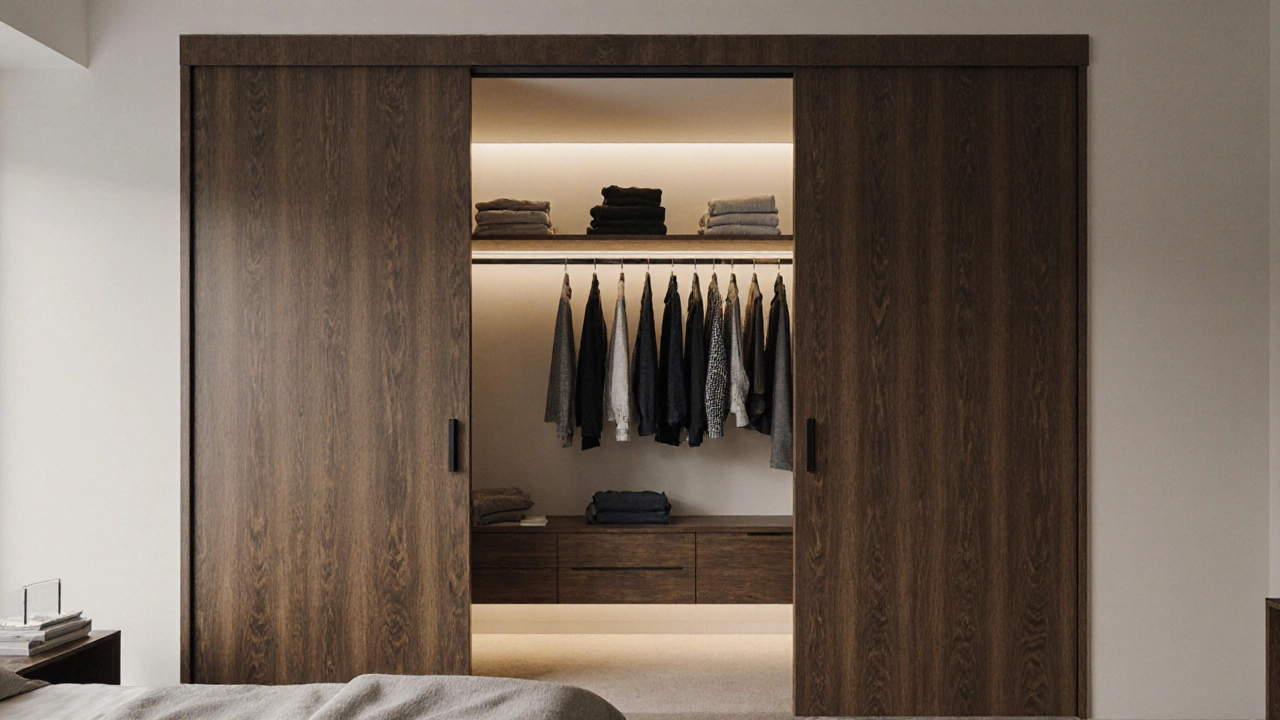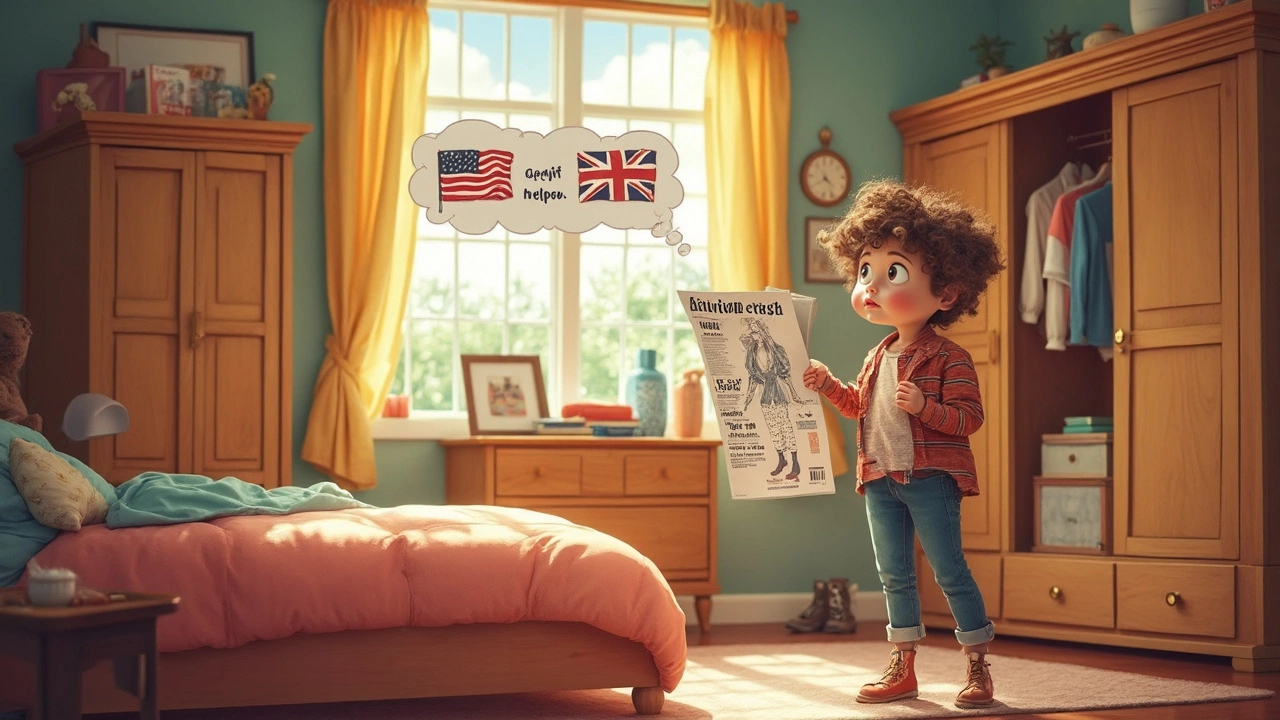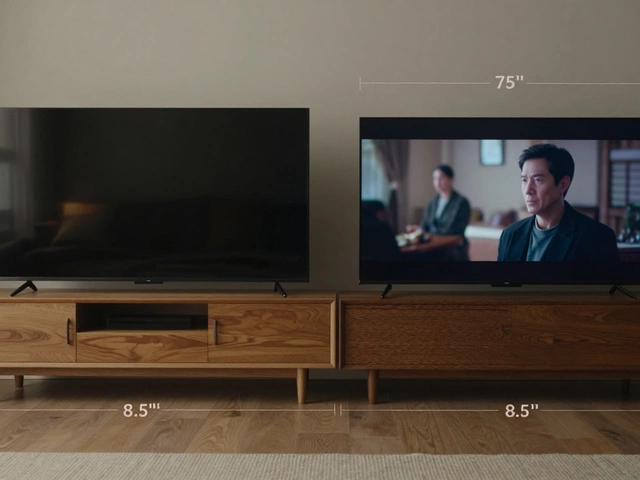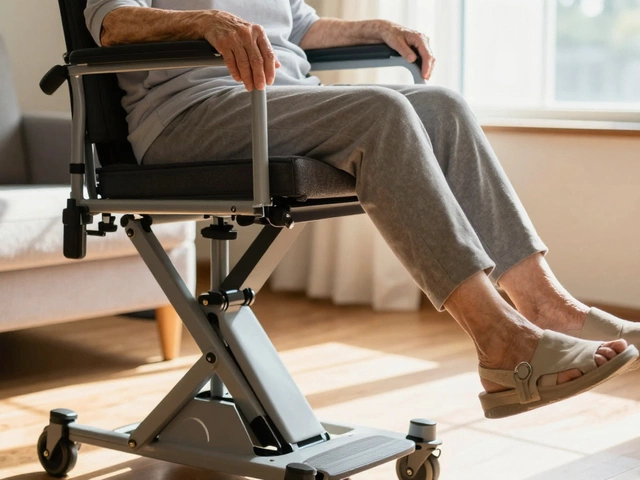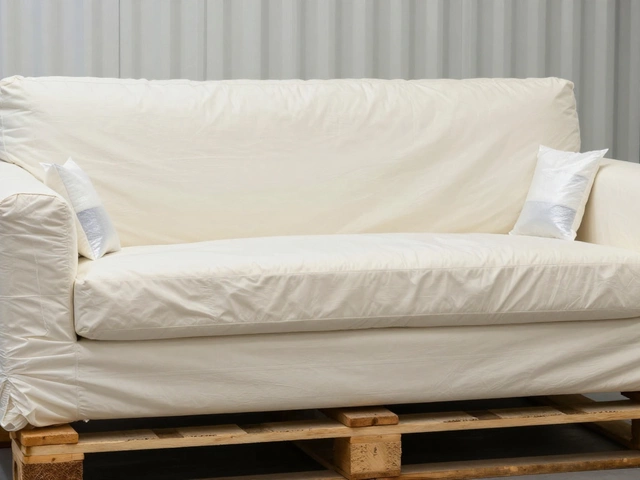American English: What Changes When You Cross the Pond
If you grew up hearing "wardrobe" and then moved to the US, you’ll quickly hear "closet" instead. That swap is just one of many everyday word changes between British and American English. Knowing these differences makes chatting with locals feel natural and helps avoid awkward moments.
On this page you’ll find a handful of the most common terms that trip up Brits, quick rules for when to use each version, and short guides that dive deeper into specific words. Think of it as a cheat‑sheet for anyone who wants to sound right at home in the US.
Everyday Word Swaps You’ll Hear
Below are the top switches you’ll run into daily. The left side is the British term, the right side is the American version:
- Wardrobe → Closet
- Flat → Apartment
- Lorry → Truck
- Boot (of a car) → Trunk
- Film → Movie
Most of the time you can pick whichever feels comfortable, but in professional settings or written work it’s best to match the local standard. For example, a property listing in the US will always say "3‑bedroom apartment" not "flat".
Our post “What Is the American Equivalent of ‘Wardrobe’? Closet vs Armoire Explained” breaks down the closet vs wardrobe debate in detail. It gives you a quick checklist to decide which word fits your description best.
When to Stick With British or Switch to American
Here’s a simple rule: if you’re writing for a UK audience, keep the British terms. If the reader is mainly in the US, switch to American. When you’re not sure, look at the platform. Blogs, social media, and informal chats usually tolerate mixed vocab, but official documents, resumes, and ads should stay consistent.
Another tip: listen to how locals talk about the item. If you hear "I'm heading to the loo", that’s a clear sign to use "bathroom" instead of "toilet" when you reply. The same goes for food – "chips" in the UK are "fries" in the US, while "crisps" become "chips" across the ocean.
Getting the context right also helps with spelling. American English drops the extra "u" in words like "colour" → "color" and swaps "s" for "z" in "organise" → "organize". Most word processors can auto‑switch based on language settings, but a quick manual check never hurts.
Finally, don’t stress over every single word. Native speakers often understand both versions, especially online. The goal is clear communication, not perfect perfection. If you’re ever stuck, a quick Google search with "UK vs US" will show the most common usage.
Use this guide as a starting point, explore the linked posts for deeper dives, and soon you’ll feel confident swapping "lorry" for "truck" without a second thought. Happy chatting!
Do Americans Say Closet or Wardrobe? The Real Difference Explained
Americans say 'closet,' not 'wardrobe'-here's why, how the terms differ, and what to call storage units in the U.S. to avoid confusion.
What Do Americans Call Wardrobes? The Real Story Behind Bedroom Storage
Wondering what Americans call wardrobes? This article breaks down the differences between ‘wardrobe’ and ‘closet’ in the U.S., with surprising facts about how and why the words matter. You’ll find out where each term fits, and why this mix-up happens so often in shows, shopping, and daily life. Tips help you figure out how to make sense of bedroom furniture, buy what you need, and not get lost in translation. Expect answers to what’s really in American bedrooms, with some handy history and useful advice.
